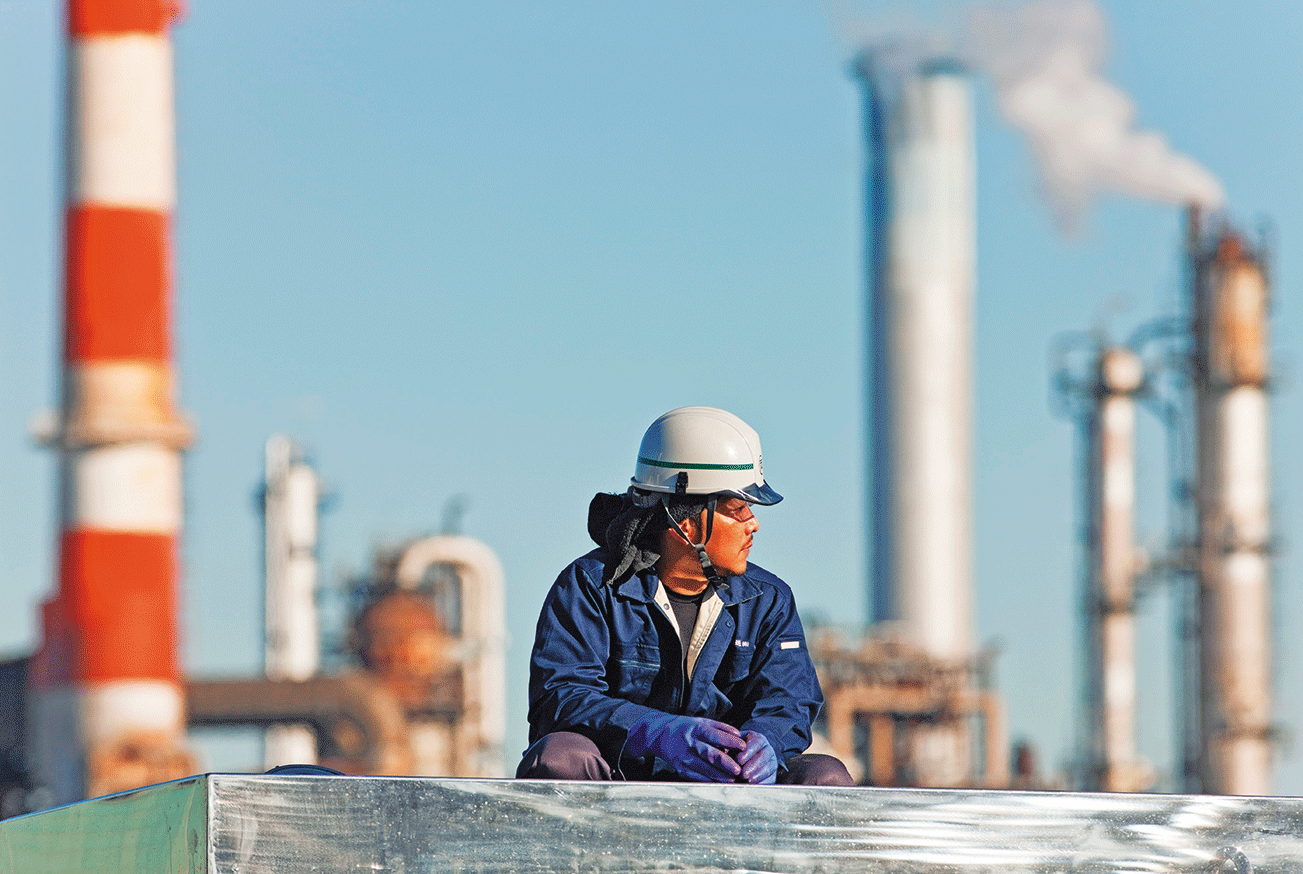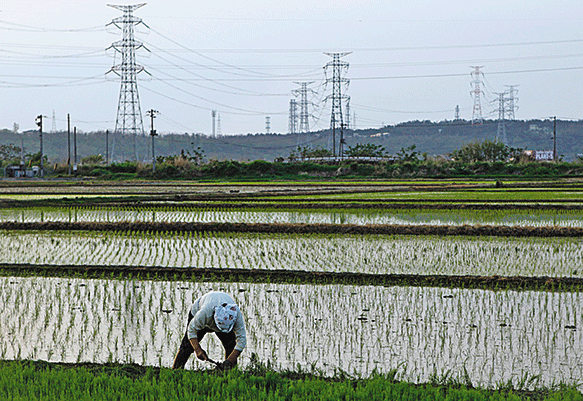
The upward trend in Japan’s economy from December last year is a surprise to many.
While the yen hovered around multi-year lows against the dollar and the euro, data showed manufacturing output increasing 0.3 per cent year-on-year in December — 1 per cent compared with the previous month — while unemployment edged down to 3.4 per cent from 3.5 per cent in the period, hitting its lowest level since mid-1997. This followed two consecutive quarters of contraction. Moreover, Japanese consumer confidence improved for a second straight month in January, with the sentiment index rising to 39.1, up from 38.8 in the previous month.
What happened?
It seems like a long-awaited rebound in the country’s long history of economic stagnation, mainly boosted by low oil prices. Within Asia, Japan is expected to enjoy the biggest economic benefit from cheap crude. The country’s imports of oil and its related products were valued at $210 billion (Dh771.3 billion) last year — around 4 per cent of the country’s GDP — a huge financial relief for the state budget.
The manufacturing sector is set to experience a significant boost from lower raw material and electricity costs, especially the power-hungry steel, tyre, glass, paper and automotive industries.
“Most countries in East Asia, including Japan, benefit from the price decline because they are oil importers. They can expect more rapid economic growth, lower inflation and improved current account balances,” said Axel van Trotsenburg, the World Bank’s Vice-President for East Asia-Pacific, in an opinion piece for The Japan Times last month.
Van Trotsenburg added that the World Bank’s latest Global Economic Prospects report projects that Japan’s growth will recover to about 1.2 per cent in the country’s fiscal year 2015-16 (April-March) and 1.6 per cent in the following fiscal year ending the disappointing performance for much of 2014, with declining oil prices boosting consumer purchasing power to compensate for weak wage growth and rising import costs.
That is a solid turnaround from the likely 0.6 per cent decline for the current fiscal year ending in March and especially robust for a country with a shrinking working-age population, whose long-term average growth has been lower.
Temporary reprieve
However, Van Trotsenburg joins economists in saying that this development suggests only a short respite from Japan’s long-term stagnation rather than the lasting end to deflation the government seeks. Despite improving consumer confidence, household spending is still lacklustre as consumers continued to hold on to their cash in the wake of a 3 per cent increase in sales tax in April last year while wages remained largely stagnant throughout 2014. Adding to that, Japan’s inflation rate is still below the government’s 2 per cent target.
Haruhiko Kuroda, Governor of the Bank of Japan, says inflation for the coming fiscal year would come in at 1 per cent, well below the 1.7 per cent forecast despite expectations that cheaper energy would give the wider economy a shot in the arm and generate higher prices.
“We now expect that Japan will fall back into deflation from March to November,” said Masamichi Adachi, senior economist at JPMorgan Securities Japan, in a recent report, adding that he expects another round of quantitative easing by the Bank of Japan starting in July. This development does not indicate that Shinzo Abe’s reformist economic programme, dubbed Abenomics, is actually working. Under the strategy, the Bank of Japan embarked on a course of ultra-loose monetary policy, injecting trillions of yen into the financial system each month to stoke growth.
However, the currency dropped to historic lows and Japan’s debt has become the biggest in the industrialised world. It exceeded one quadrillion yen (about Dh31 trillion) in 2013, more than 220 per cent of the country’s GDP or more than three times that of the ten-member bloc of the Association of Southeast Asian Nations — a figure that exceeds the economies of the UK, Germany and France combined.
Deepening deficit
In addition to that, Japan logged a record trade deficit of ¥12.8 trillion last year despite a moderate recovery in exports, according to the latest figures from the finance ministry released on January 26.
The deficit rose by 11.4 per cent versus 2013, which makes it the worst since comparable record-keeping began in 1979. Events such as the Fukushima nuclear power plant disaster in 2011 and the fall of the yen are seen as the root cause of this problem despite the easing of oil prices.
In fact, the weakening of the yen is the most significant outcome of Abenomics so far. It has slowly boosted exports as it makes Japanese goods and services cheaper for the rest of the world. However, Japanese companies, despite better earnings, are still cautious to invest or adjust wages to inflation.
That said, Reuters reports that Japan’s core machinery orders rose in December at their fastest pace for six months, and companies expect orders to increase in the current quarter in a positive sign that business investment will underpin a firm recovery. The 8.3 per cent month-on-month gain in core machinery orders, a highly volatile data series regarded as a leading indicator of capital spending in the coming six to nine months, blew past the median estimate of a 2.4 per cent increase.
A Cabinet Office survey earlier this month reported companies expecting orders to rise 1.5 per cent from January-March, up from a 0.4 per cent quarterly increase from October-December.



